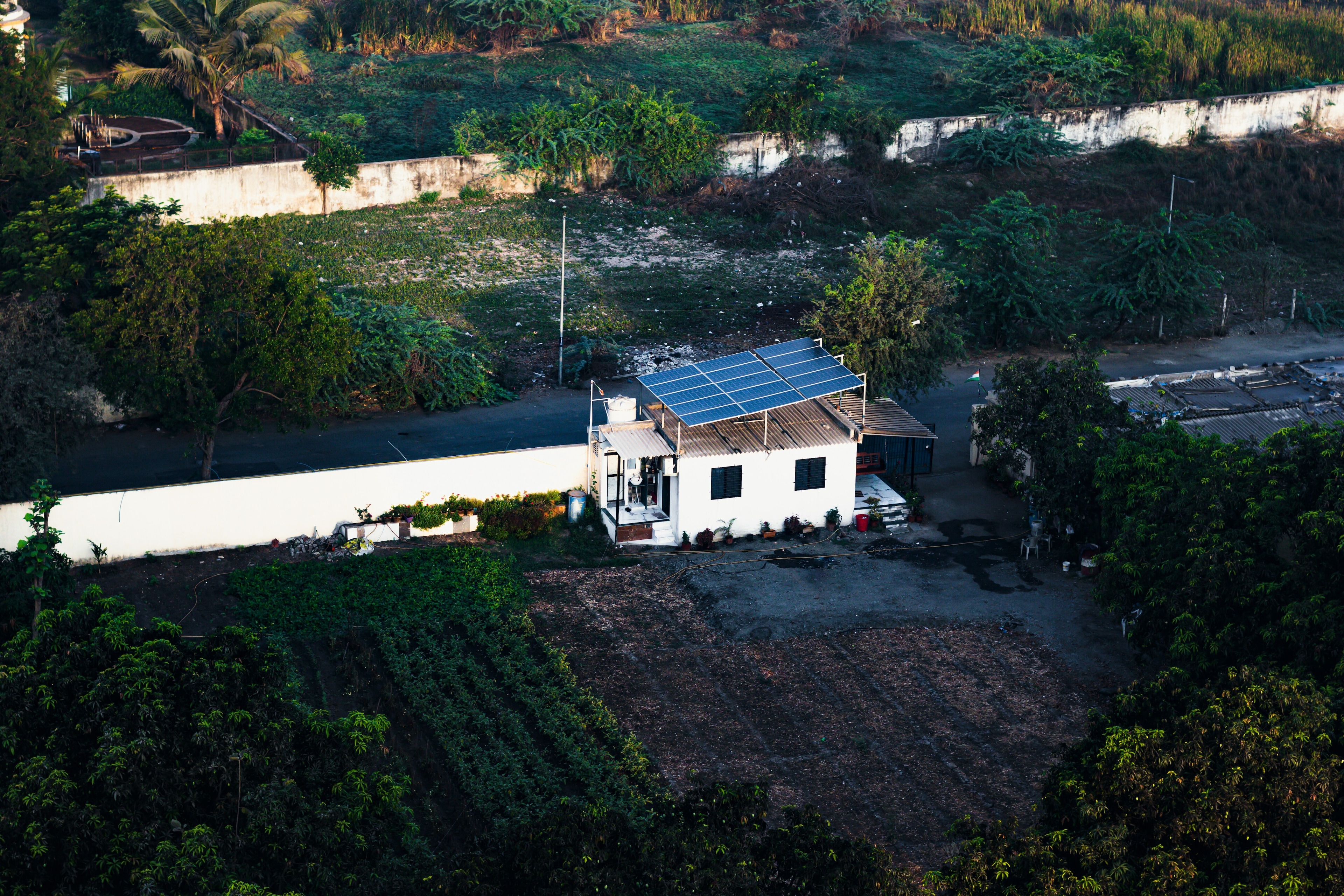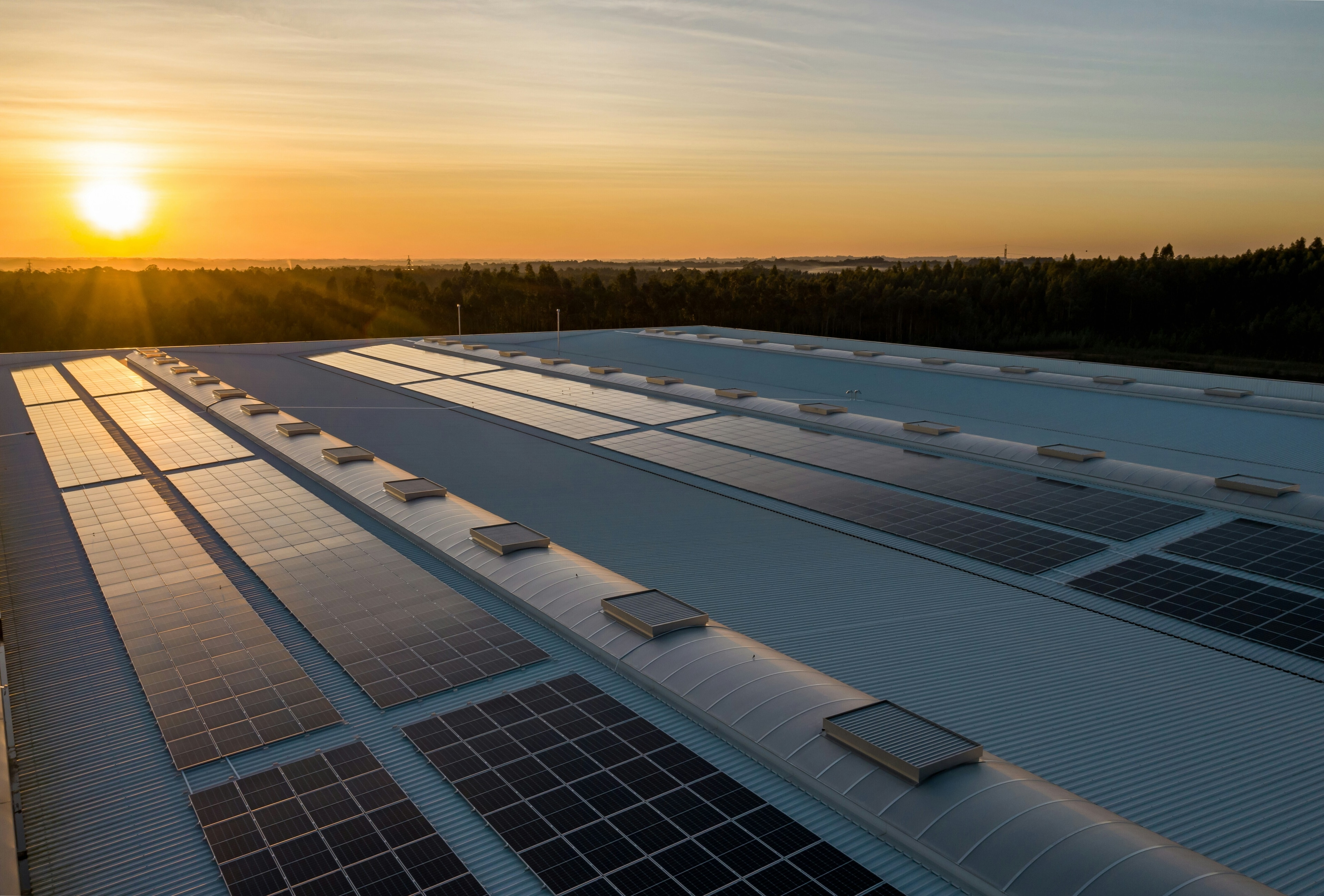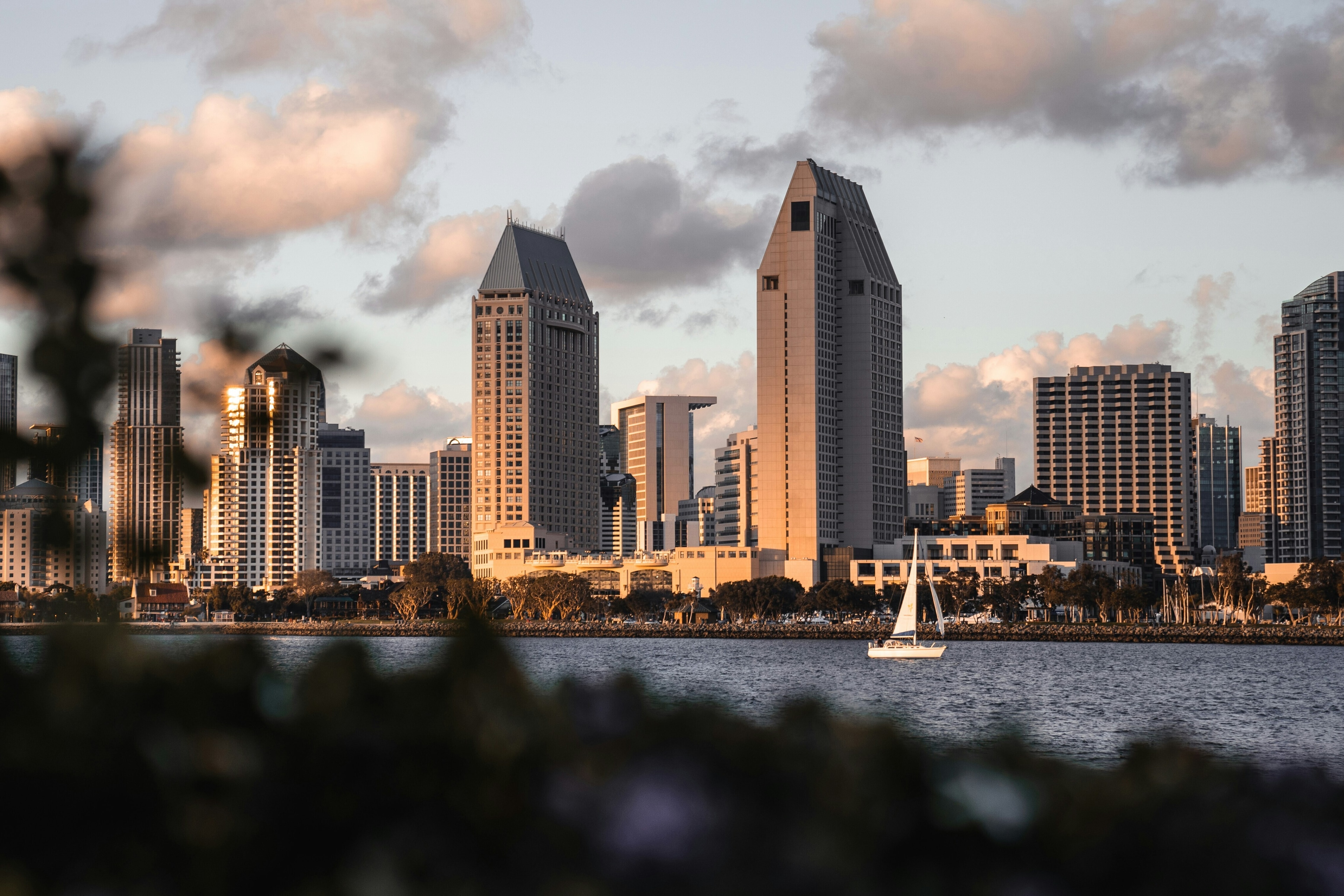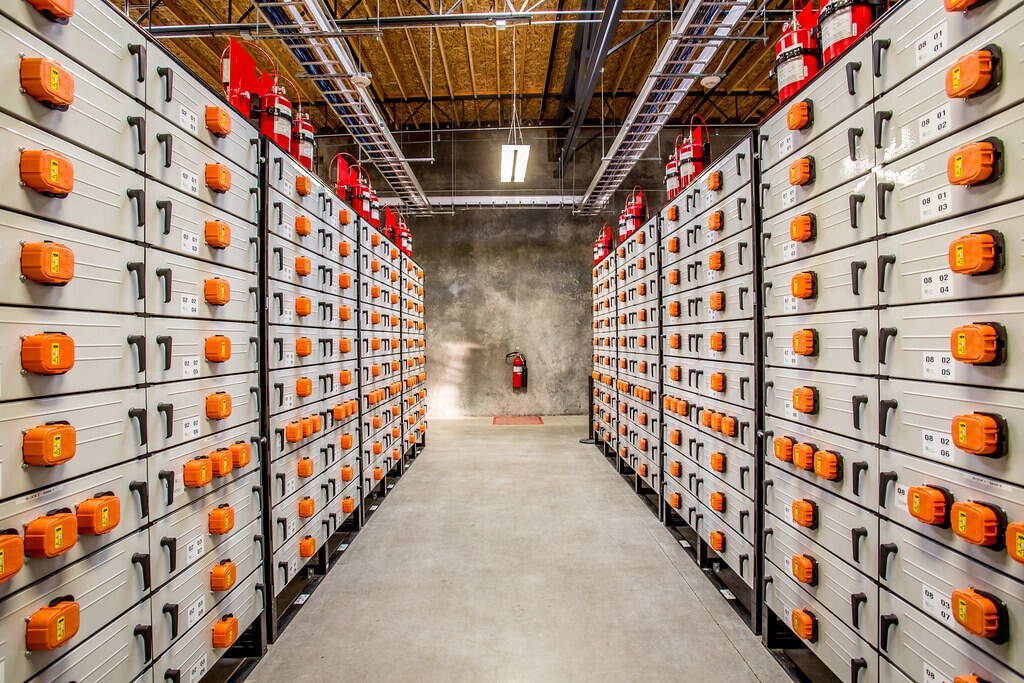How renewable energy serves as a catalyst to broader social change

Renewable energy boosts livelihoods worldwide Image: Unsplash/VD Photography
- From fostering innovation to job creation, renewable energy solutions drive progress towards a more equitable and sustainable world.
- Many renewable energy solutions create opportunities for economic development while reducing greenhouse gas emissions.
- Here are some examples of how renewable energy solutions are changing lives all over the world.
Renewable energy solutions mitigate climate change and promote a healthier environment and they often serve as catalysts for broader social change. From fostering innovation and job creation to promoting gender equality or making civic participation more accessible, renewable energy solutions drive progress towards a more equitable and sustainable world.
With support from the Skoll Foundation, the Solutions Insights Lab (SIL), a new initiative of the Solutions Journalism Network (SJN), created What’s Working. This is a searchable portal that combines published solutions journalism and interviews with a wide array of leaders whose work has been supported by the Skoll Foundation over the past 20 years to uncover insights that can help address social problems worldwide.
The SIL is a targeted research and analysis service focused on identifying and interrogating what’s working and what’s not in a particular sector or field. It employs interviewing techniques drawn from the solutions journalism approach but is not a work of journalism and is appropriately separated with a firewall from SJN’s core journalism work.
The interviews are not works of journalism themselves. The interviewing approach was standardized and the over 200 individuals interviewed were specifically selected as part of a project supported by the Skoll Foundation. They do not represent any form of endorsement by SJN, which is an independent, non-partisan organization that does not advocate for any particular approach to social change.
The interviews follow a solutions framework to explore how successful approaches work. They look at evidence of impact and replicable insights and their limitations. We analyzed these interviews, in combination with relevant stories within SJN’s Solutions Story Tracker, to distil the lessons learned by those doing this work on the ground and surface insights related to the role renewable energy solutions play in mitigating climate change and making progress on several other Sustainable Development Goals, from eradicating poverty to achieving gender equality.
Solutions for multiple problems
We’ve consistently seen that changemakers can and do successfully design solutions to address more than one issue. This is perhaps most evident among renewable energy solutions that seek to create opportunities for economic development while reducing greenhouse gas emissions. Bringing affordable and clean renewable energy to rural and underdeveloped communities benefits the health of their environment and their economy, creating jobs and providing resources that foster innovation and entrepreneurship.
Lifeline Energy, for example, designs, manufactures and distributes solar-powered and wind-up media players across sub-Saharan Africa to connect communities to important information. Classrooms can listen to school lessons, farmers can listen to agricultural radio broadcasts about pesticides, frontline health workers can listen to pre-recorded health content and villagers can access information that allows them to participate in their communities in more informed ways.
What's the World Economic Forum doing about the transition to clean energy?
The more of these solutions I looked at, the more I saw that their benefits often have third and fourth layers. They are improving women’s lives and reducing gender inequalities, for example, or making it easier for communities to access information and services, like healthcare. Solutions that address multiple needs are the most powerful and cost-effective. They also bridge the silos that so many solutions exist in.
Powering up gender equality
Barefoot College International, for example, uses clean energy to promote socio-economic development, protect the environment and improve women’s lives. Its theory of change places women at the centre as key changemakers. CEO Rodrigo París told us that putting resources towards women is key because “Women have roots in the communities, they have the knowledge... They have a good understanding about the past, about family and the roots, but they have a clear vision on how to solve problems.”
The organization trains mostly older women with little to no formal education in over 90 countries to install, repair and maintain solar lighting units in their villages. Women like Jullietta, a 69-year-old mother of seven and grandmother of 30 in Guatemala, receive the skills and resources they need to electrify homes and schools with solar energy. In doing so, they earn an income for themselves, better the environment and expand economic development opportunities for their entire village.
As one of the 20 trained 'solar mamas' in Guatemala (there are over 3,500 across the world), Jullietta brought power to 35 families in her village and is helping increase the status of women more broadly. The women’s new skills and financial independence puts them at the centre of important community-wide changes too and give them more agency to impact decision-making.
Have you read?
Transforming agriculture
Almost 10,000 miles away, a group of women farmers in Harpur, India purchased and installed solar pumps that use affordable and clean energy to irrigate their crops. The pumps have increased their yields and enabled more diverse crops, which has led to greater profits. They also make a profit by selling irrigation services to others.
Despite facing discrimination, their increased financial independence and greater self-reliance has challenged gender norms in the traditionally male-dominated village. The women report deciding how to use the money they’ve earned and having more control over their economic well-being. The state government in Bihar has also used solar-operated pump projects as a means to improve livelihoods among rural women and is looking to replicate the model in other districts.
Solar lights, in particular, have expanded opportunities for women to improve their livelihoods. From women in Kenya leaving the sex trade once they had lights to fish at night to women in a rural Pakistani village being able to earn money making pottery after the sun goes down and women in Mali creating cooking solutions that don’t produce harmful indoor pollutants, renewable energy solutions have expanded choices and resources for women across the world.
Improving access to healthcare
Other renewable energy solutions seek to alleviate poverty by increasing access to information and services, like healthcare, which also impact women. To reduce high maternal mortality rates among women in rural Zimbabwe, Mobility for Africa uses Hambas, electric three-wheel tricycles that run on rechargeable batteries. Hambas transport pregnant women and new mothers to health facilities for pre- and post-natal care. The clean and renewable energy source mitigates harm to the environment.
Many solutions use renewable energy to expand health services, which is a foundational step in reducing poverty. From the Selco Foundation using solar panels to increase treatment capacities of rural health facilities to using mini solar grids for lighting homes to avoid venomous snake bites, these creative solutions address multiple issues in a single package.
An important aspect of the solutions framework is acknowledging the limitations of a solution. While renewable energy solutions have the potential to provide benefits across three or more areas of people’s lives, they are not without challenges. The biggest hurdle is the upfront costs of purchasing and installing the infrastructure, as well as ensuring there is a system in place to maintain it.
Renewable energy sources, such as solar, can also be less reliable than traditional energy sources, so the power may be more intermittent. But solutions that combine renewable energy with other important issues clearly play important roles in achieving several Sustainable Development Goals, from climate action to eradicating poverty to achieving gender equality. Clean, affordable and renewable energy stands as a pivotal solution with the potential to create a more equitable and healthy future for all.
Don't miss any update on this topic
Create a free account and access your personalized content collection with our latest publications and analyses.
License and Republishing
World Economic Forum articles may be republished in accordance with the Creative Commons Attribution-NonCommercial-NoDerivatives 4.0 International Public License, and in accordance with our Terms of Use.
The views expressed in this article are those of the author alone and not the World Economic Forum.
Related topics:
The Agenda Weekly
A weekly update of the most important issues driving the global agenda
You can unsubscribe at any time using the link in our emails. For more details, review our privacy policy.
More on Energy TransitionSee all
Rishabh Mishra
May 14, 2024
Vee Li and Zhang Xun
May 13, 2024
Jesse Saldivar, Alaina Ladner, Marc Starkey and Brittany Syz
May 13, 2024
Fahad Al-Dhubaib
May 10, 2024
Prasad Thakur and Labanya Prakash Jena
May 10, 2024







